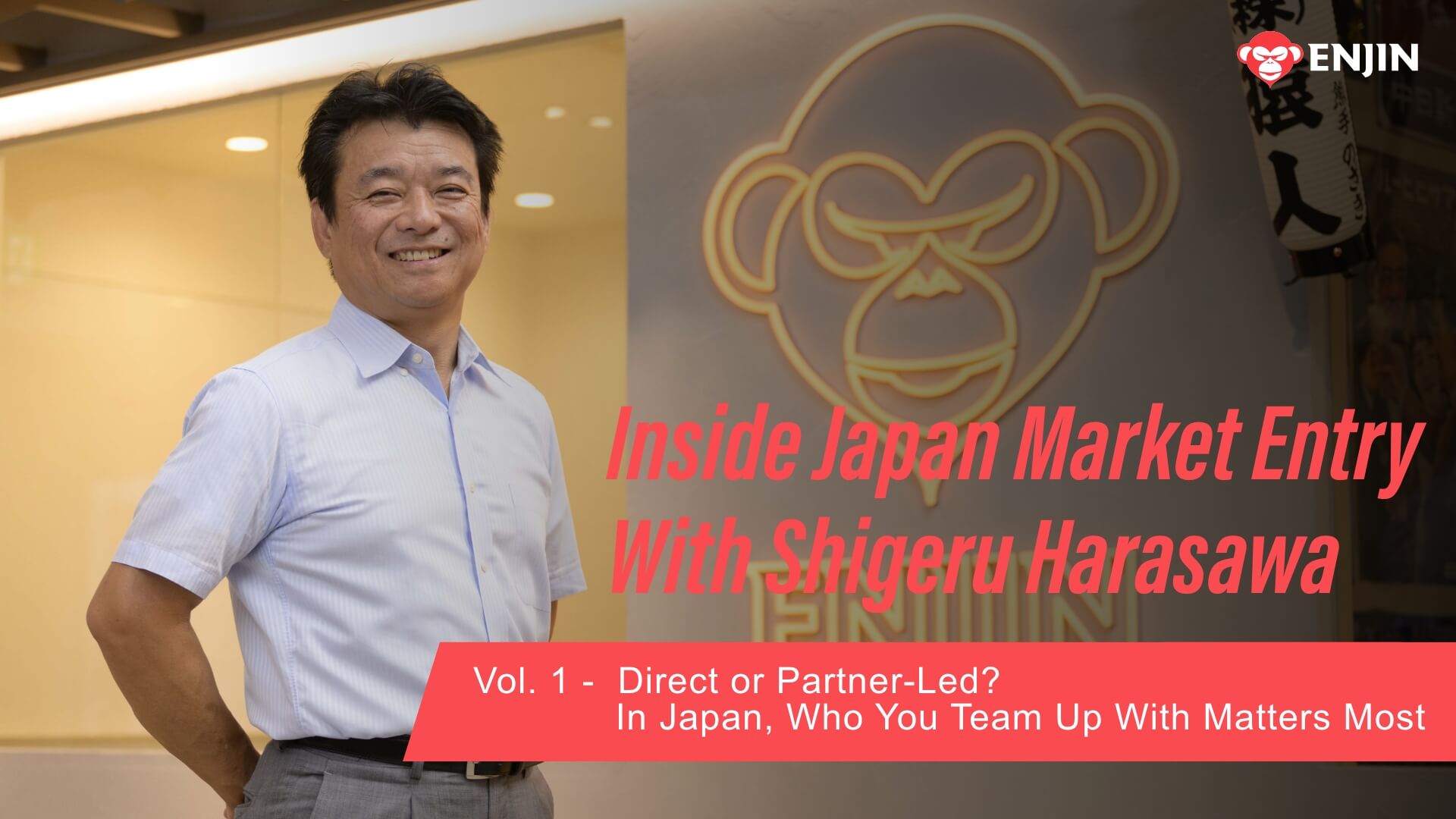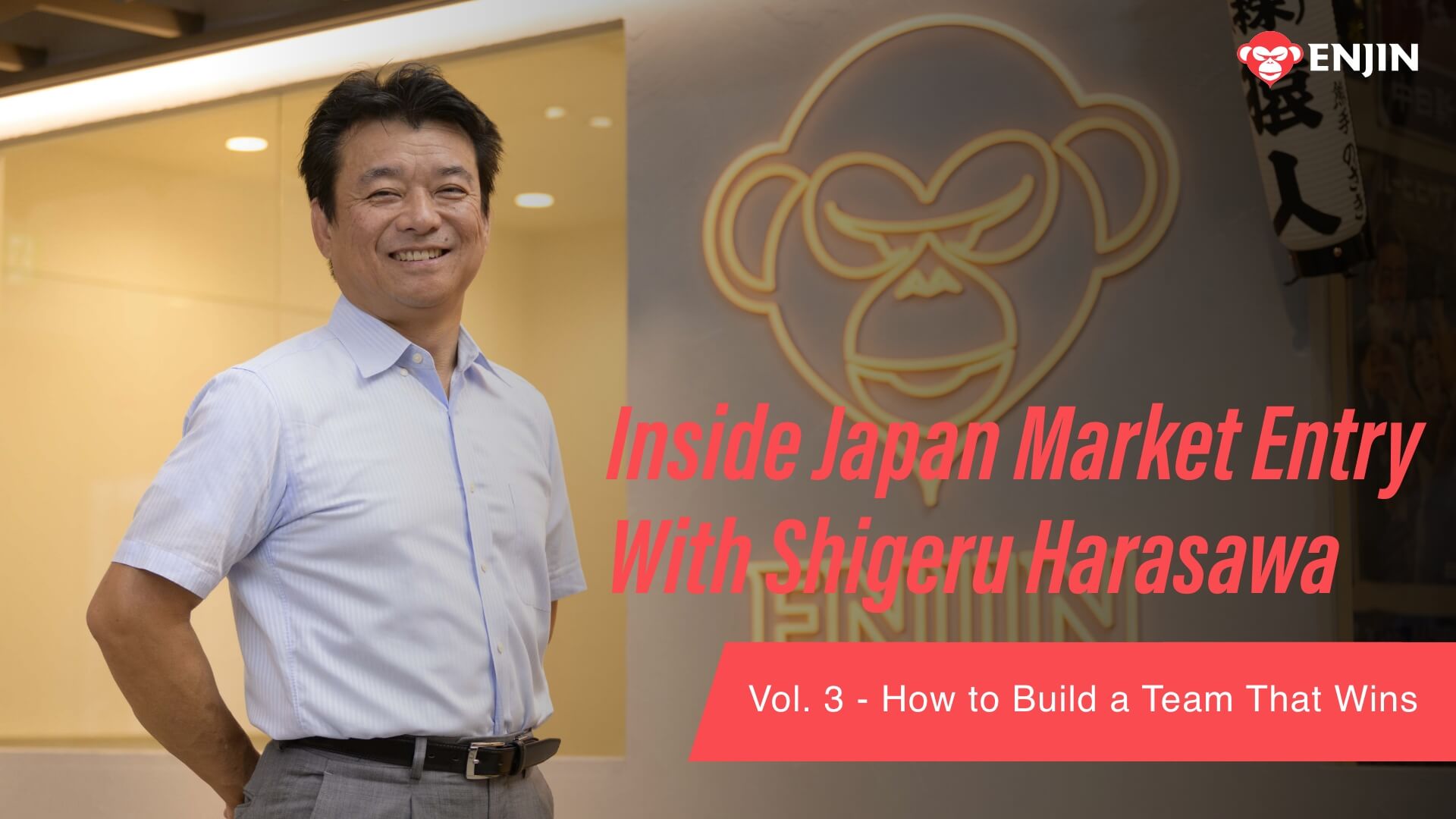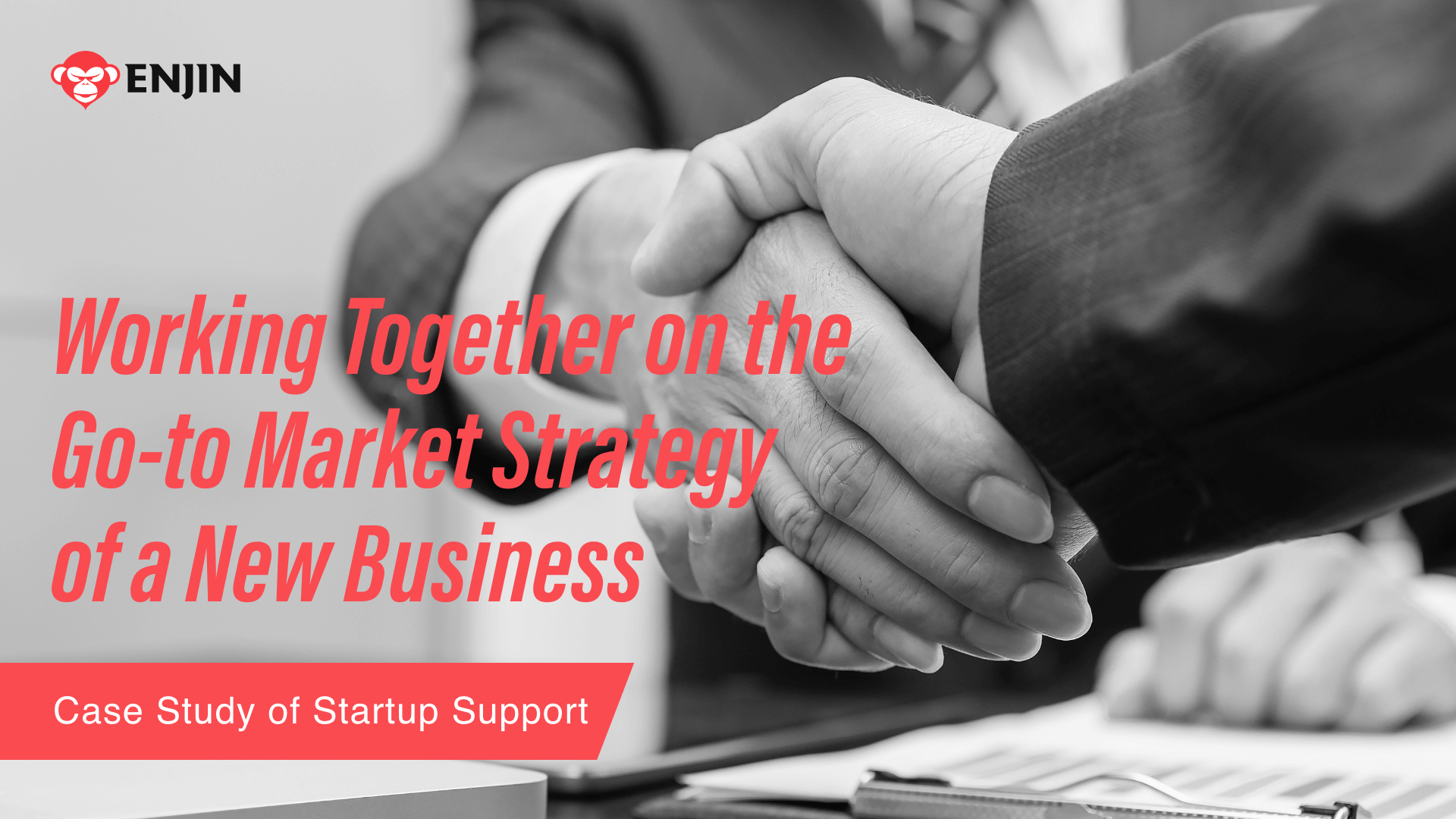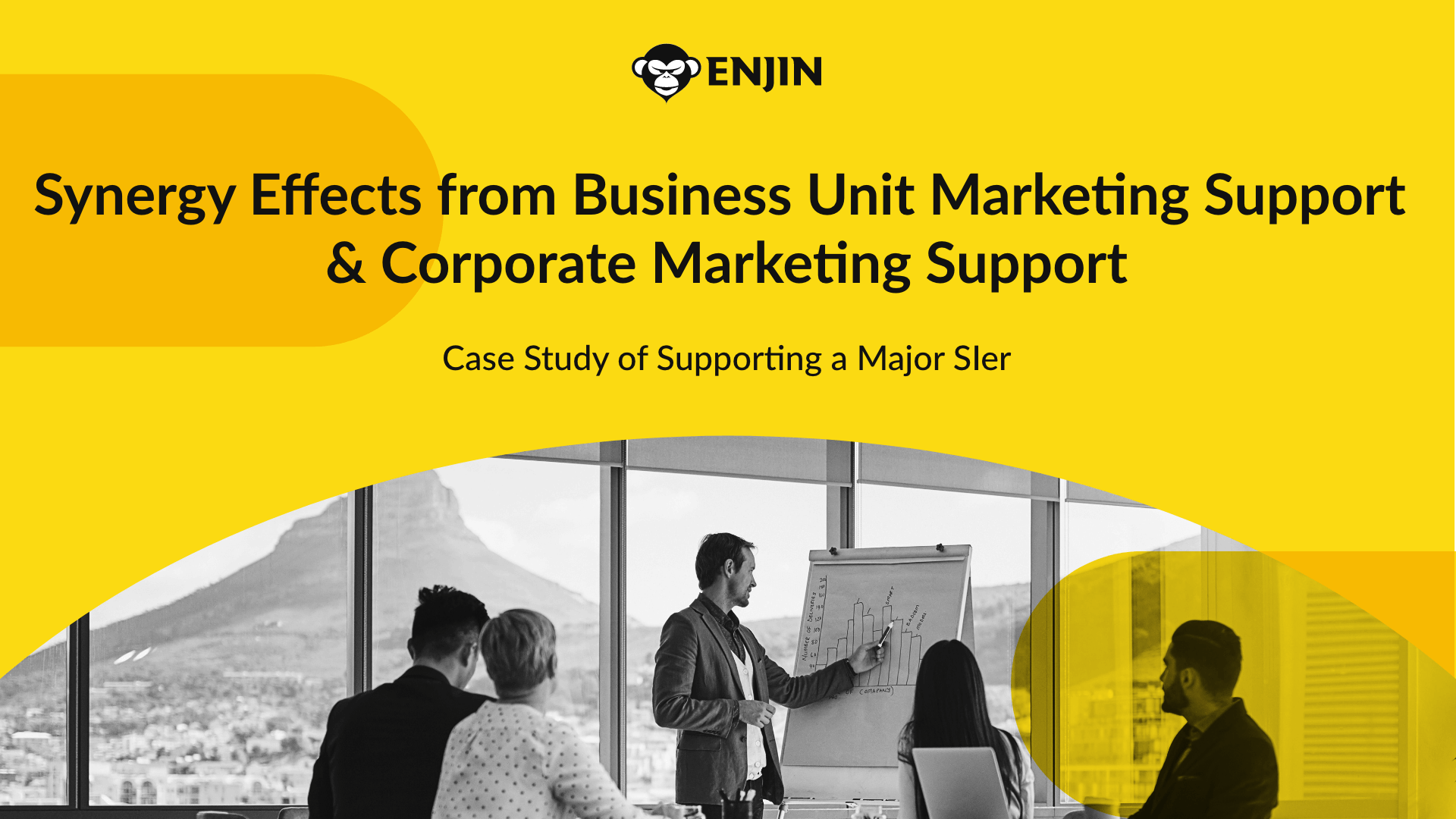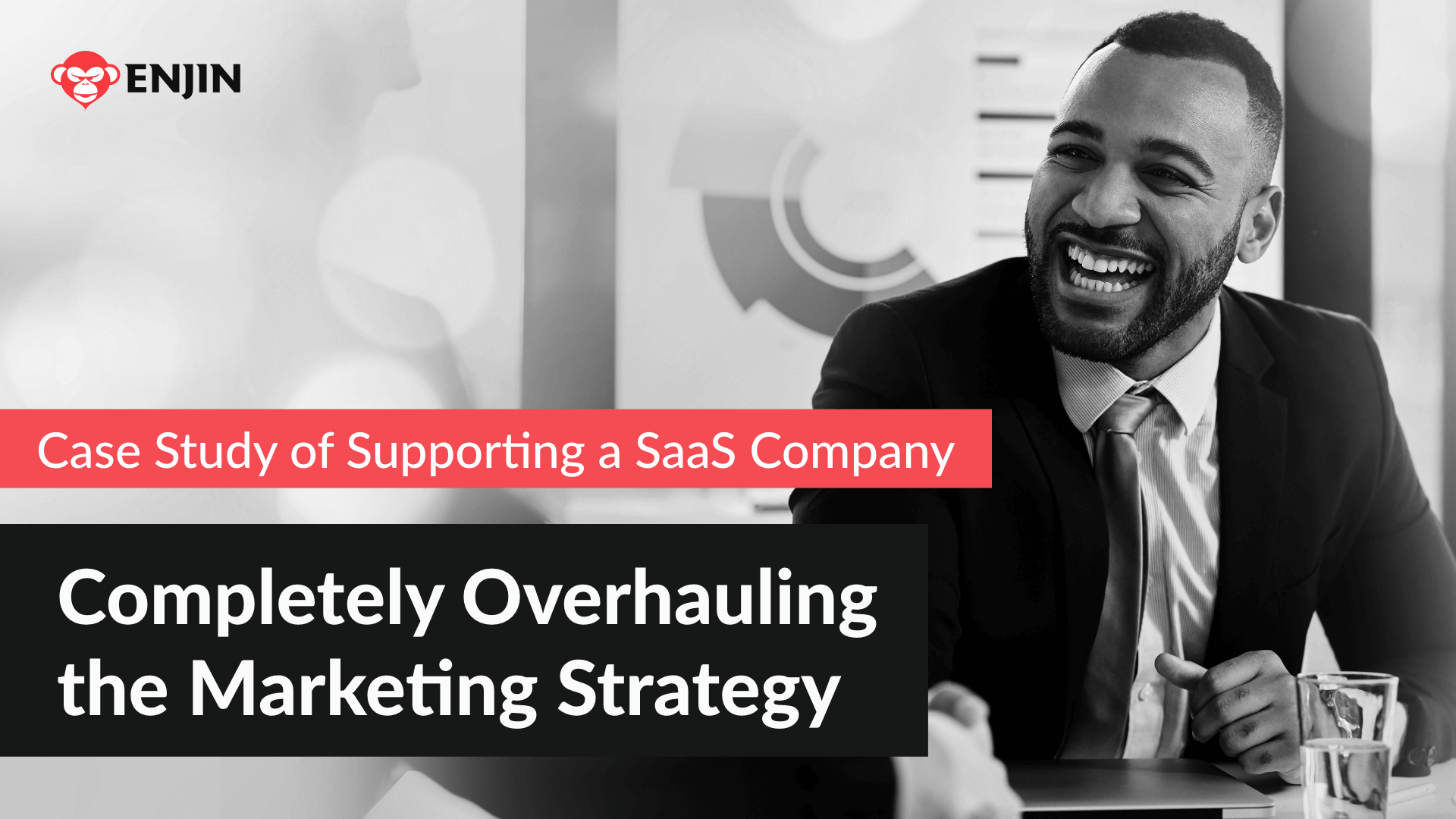Inside Japan Market Entry with Shigeru HarasawaVol. 2 - Make the First Customer a Success,
Even If You Run at a Loss
- October 23rd, 2025 -
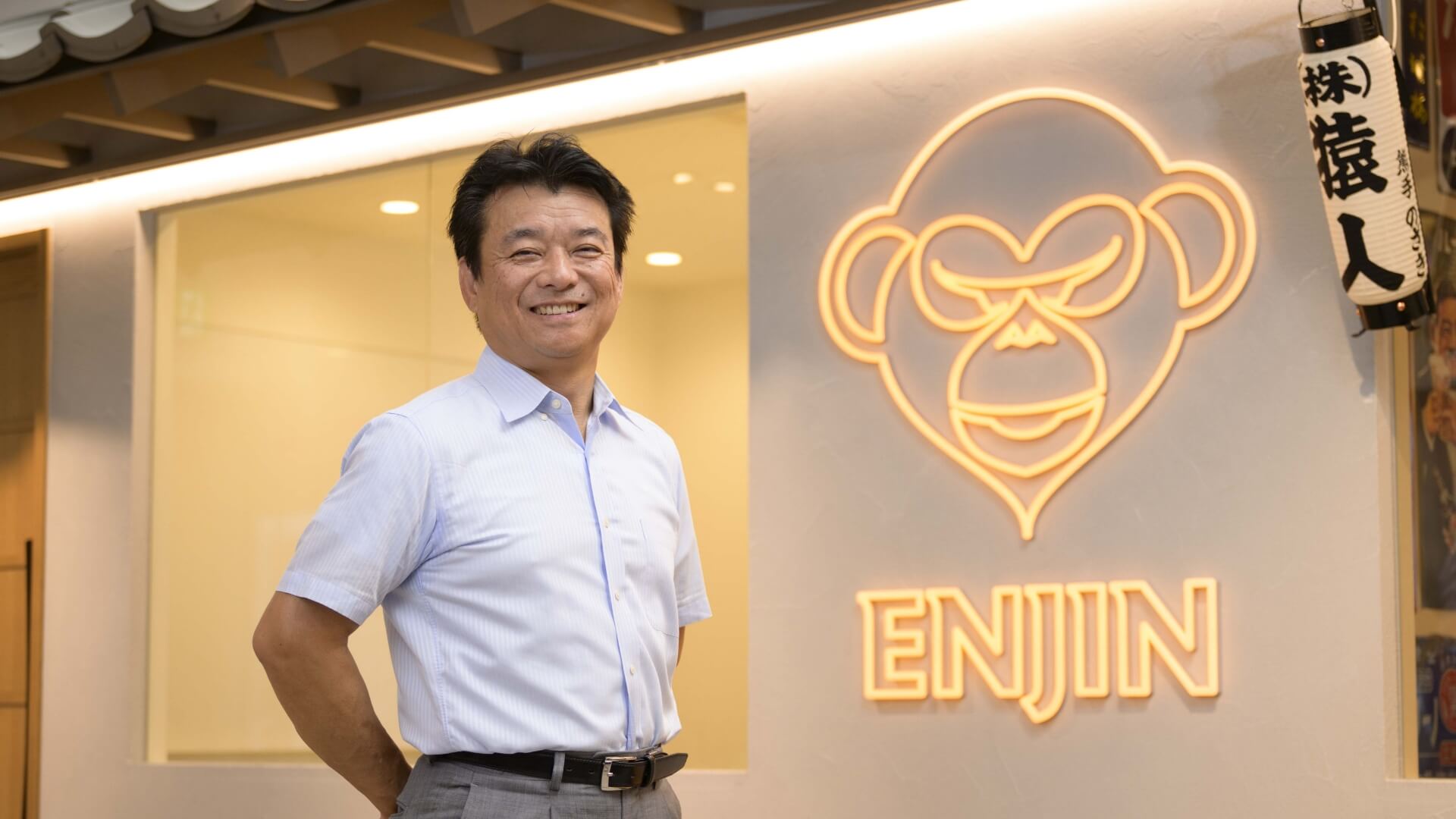
Why is the very first customer so critical? In this three-part series, we sit down with Japan market–entry professional Shigeru Harasawa for field-tested lessons you won’t hear elsewhere.
In Vol. 1, he argued that who you team up with determines success or failure. Vol. 2 focuses on the first customer: why Harasawa insists on winning that first account—even at a loss.
TL; DR (Summary)
- Your first customer must succeed—full stop. If the first customer says, “It doesn’t work,” you’re done.
- Lock in case-study rights up front. Bake marketing cooperation into the first contract (PR, white paper, speaking, logo/quote).
- Never run PoCs for free. Charge—even a token amount—to force real ownership and a clear yes/no outcome.
- Use hands-on seminars as the feeder: sandbox with test data for free; switch to paid when it’s on the customer’s real data.
- Treat PoC as a formal company project with approval, timeline, people, and deliverables—avoid “PoC hell.”
“Success isn’t just delivering value—it’s turning that first success into a public proof point.”
Why Does the First Customer Decide Your Fate?
Interviewer: Today we’d like to talk about “the first customer” in entering Japan—the importance of that first customer.
Harasawa: If you fail with your first customer, you can consider your Japan business over. Once that first customer says, “This doesn’t work,” it’s already finished.
Interviewer: So not just “important”—you’re saying it has to succeed.
Harasawa: Exactly. It must succeed. Before you even win that first account, you need certainty that what the customer wants to do is actually doable. And the first contract needs to include: “cooperate with marketing,” “discount in exchange for a white paper,” “permit case-study use,” “allow a joint press release”—all agreed up front.
Interviewer: So private success isn’t enough—you need to amplify it.
Harasawa: Right. Teams often chase the deal and forget this. You need the first customer not only to succeed, but to show up publicly—in a press release, on stage for a use-case talk, in an interview. That cooperation belongs in the contract from day one.
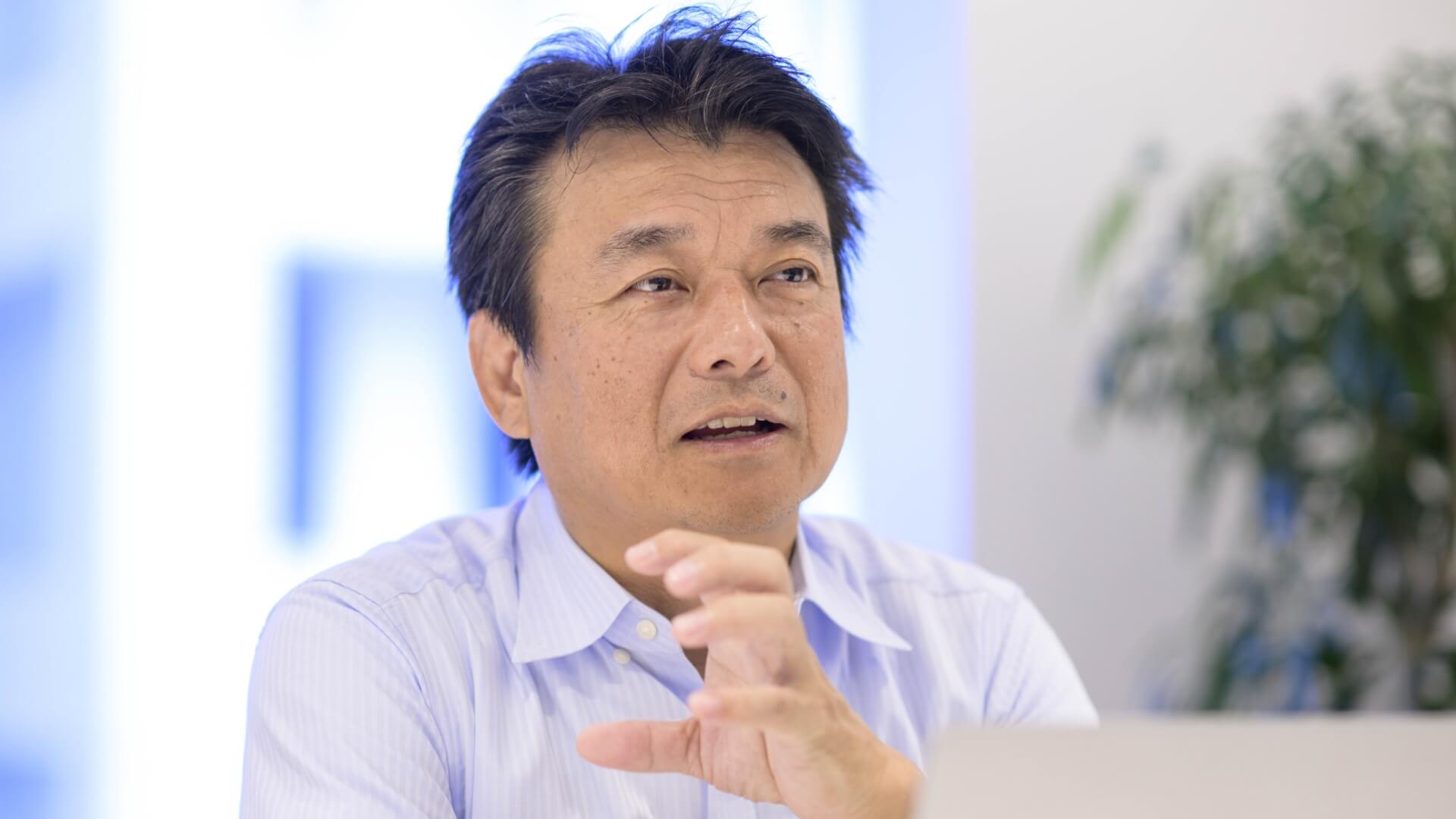
Interviewer: What should teams watch for when trying to create a strong, publishable first-customer case?
Harasawa: Don’t run the PoC for free. As a new entrant, few people know your product—you want them to try it, but the rule is: PoCs must be paid. Define a clear target segment, collect payment, and drive to a firm yes or no. Without that plan, you slide into PoC hell—endless free trials with no decision.
Interviewer: And on the buyer side, the mindset is different when it’s free versus paid.
Harasawa: Completely. Internally I always say, even one yen is better than zero—charge something. If a company pays for a PoC, it starts as an approved project with someone’s sign-off. If it’s free, a single person can start it just because it “looks interesting.” That said, people do need to touch it first. So I start with a hands-on seminar: three hours, come to our office, try the system using test data. When they say, “We want to try it on our own data,” that’s where it becomes paid.
Interviewer: So the hands-on session is the feeder into a paid PoC.
Harasawa: Exactly. Treat PoC as a company project: assign people and pros, set timelines and decision gates. If you run it free, it tends to drift—and nothing moves forward.
Interviewer: That sounds a bit noncommittal. laughslaughslaughs
Harasawa: There’s no single right playbook. And “partner” itself spans many types. For example, some “Japan entry” consultancies also do recruiting. They’ll say, “Invest big—start with five hires.” You look fully built on day one, but that approach often underperforms. Be careful with partners whose incentives are tied to staffing first, outcomes later.
Interviewer: So the trap is outsourcing Japan entry to a firm that’s also motivated to grow headcount fast.
Harasawa: Exactly. I’ve done this many times and none went by the book. Every case is different. The constant is: whether direct or partner-led, what matters most is who you team up with.
Want the full first-customer playbook?
We’ve expanded Harasawa’s approach into a concise white paper:
“Winning Japan: Your First Customer—A Small-Start Guide.”
You’ll learn:
・The principles of small start
・Concrete strategies to win and publish your first customer
・The right way to run a paid PoC
・Effective marketing and acquisition channels for early Japan
・A practical checklist and common failure patterns
Side Note: Terms at a Glance
- PoC (Proof of Concept): A bounded project to validate feasibility and value with defined scope, success criteria, timeline, and a firm go/no-go.
- Hands-On Seminar: A guided session using test data to let prospects experience the product; switches to paid when they want to use their own data.
- Case-Study / PR Rights: Contractual permission for press releases, white papers, conference talks, logo/quote usage—secured as consideration (often via discount).

